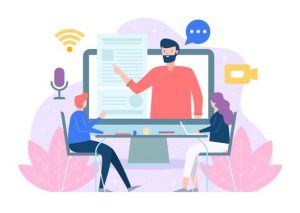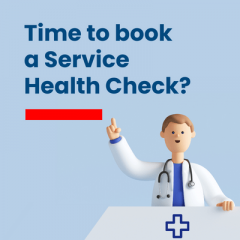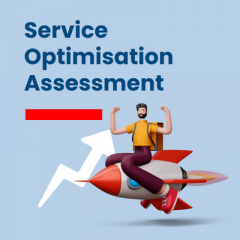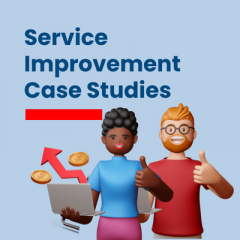
Written by Mark Watson, Chief Operating Officer at UKN Group
Consumers – me and you – the ‘user’ want IT support services like a service desk that are intuitive, easy to use, more about self-serve than sitting and waiting for a solution. Known as the Next Generation of Service Desk (NGSD), emerging behaviours are encouraging changes that are transforming IT service desk delivery.
Digital transformation, social networks and apps are driving these changing behaviours from users. People don’t want slow response times from IT help desk services when they can – or should be able to – fix an issue themselves. Hence, the ‘designed by users for users’ approach when it comes to implementing NGSD approaches.
Already, a third of IT service desk customers say service desks are ‘failing to deliver the IT support services they need.’ Unfortunately, the reason for this is simple: Digital platforms, services and apps have moved forward, but many service desks are not catching up quickly enough. Supply is not meeting this emerging demand.
What is a NGSD?
Rolling out a NGSD involves gaining a clearer understanding of what users really want and need.
What solutions should be automatic and not need in-person IT support?
What problems are most users able to solve themselves?
Reinventing IT support services does not need to be a long project. Most IT service desks will either already have the technology or can find and deploy it quickly enough to deliver new self-service elements, thereby saving IT staff and users time, so the service desk can focus on big ticket projects and problems instead of password resets.
When companies and IT departments began to accept that staff want to use their own devices, it opened the door to NGSD. As a result, people expect the same sort of IT help desk support they would receive through major consumer websites, such as Amazon and eBay. Service desks need to accept that a high level of customer service is essential, which means they can transfer numerous solutions to self-serve systems, thereby making it easier for team members to give great service when they have a particularly difficult problem to solve.
NGSDs need to include the following aspects
Knowledge sharing and empowerment: Articles, FAQs, videos and supporting social media content – so that users can solve their own problems with an accessible and user-friendly library of content.
Self-serve: Identify the most common problems and those that can be transferred to systems that empower users to solve them without assistance.
Live Chat: Not every issue can be solved without support, but that means – in some low-to-mid-level problems – IT team members could walk a customer through an issue in real-time, instead of issues going into a ticketing system. Live chat services make this easy to implement.
Proactive problem prevention: Empowered team members throughout your organisation are another way to monitor for threats – e.g. hacking, cyber-attacks – and provide an advanced warning when systems are struggling. Giving everyone more technical knowledge is another way to safeguard systems and ensure small problems are solved before they cripple whole systems.
Everything in the NGSD model contributes to higher levels of productivity across an entire organisation. Without IT, most organisations can’t function. When systems are down, and people are waiting on a response from a service desk, they can’t work.
Empowering them and sharing knowledge, encouraging self-serve and live chat solutions will reduce downtime and increase productivity.
For more information about UKN Group, visit their website, or call: +44 (0)845 643 6060



























